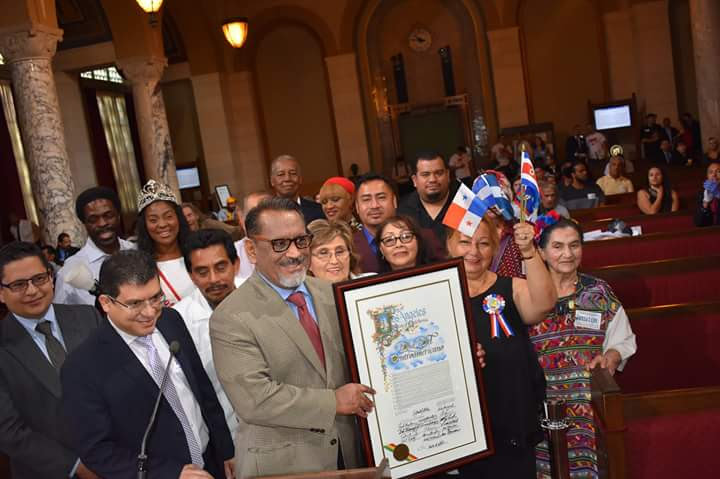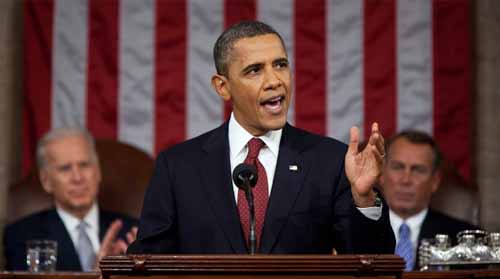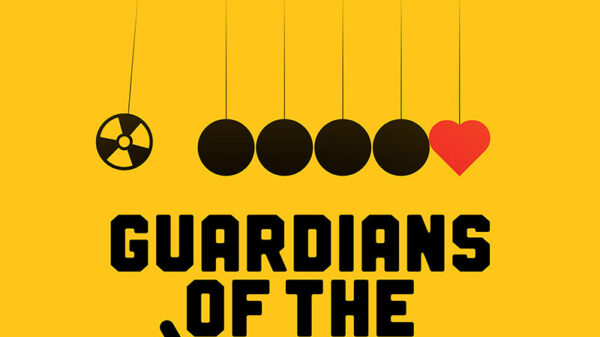Magazine, The Immigrant Experience
There is no doubt that immigrants and refugees from all across the world have enriched American society. They not only shaped American culture but also influenced social life by bringing their unique and diverse traditions to the United States.
The holiday traditions are no exception. Many of these traditions originated in regions outside of America; the Scottish New Year’s Eve song Auld Lang Syne, and the Swahili names of Kwanzaa candles are just two prime examples to mention.
You would, however, be surprised to learn that even Christmas traditions have international roots. In 1960, European colonists introduced Christmas to North America. The celebrations were totally religious. Their treats and trappings have become obsolete in modern America.
Besides the concept of Christmas celebrations, there are many Christmas traditions that Americans cherish, have immigrants’ roots; they originated elsewhere and were brought to the US by immigrants. Afterward, these traditions became American as they passed from generation to generation.
Christmas Tree
The tradition of Christmas trees was brought to the US by Germanic immigrants in the early 1800s. After the Industrial Revolution in Europe, the demand for Christmas trees increased dramatically as the revolution facilitated the mass production of special candles and ornaments that were produced in Europe and then shipped to the US.
Likewise, the tradition of Christmas gift-giving originated in Germany, which gained popularity in the US with the arrival of German immigrants and with the sudden decrease in prices of everyday goods in the US.
Christmas Cards
Like Christmas trees, Christmas cards were also introduced to the Americans by immigrants. The person who popularized them in the US was a Prussian refugee and artist named Louis Prang. He had previously been selling his most sought-after product in the United Kingdom.
These cards swiftly replaced Christmas letters in the US as Americans find it a more attractive and less time-consuming tradition. Moreover, the cards were also received well by Americans as a way to share fine art.
Christmas Music
Classic Christmas tunes that you find playing everywhere in the US during the Christmas holidays were not created in the US. They were embedded in the bosoms of immigrants who traveled to the US and introduced these tunes to you. The famous ‘White Christmas’ tune was written by Irving Berlin, a Russian immigrant.
Christmas Floral Displays
‘Flor de la noche buena,’ or ‘poinsettia’ in English, is a popular holiday plant in the US which is widely liked because of its red and green bracts and used all across America at Christmas floral displays.
This plant is native to Mexico and was brought to the US by Joel Roberts Poinsett – an American diplomat and amateur botanist. Similarly, Mistletoe, which is a modern symbol of holiday love, has its roots in Scandinavia. The plant was brought to the US by pagan immigrants from this region who used this plant to treat various kinds of ailments.
Burning a Yule Log
The tradition of burning a Yule log during the Christmas celebrations came from France. The tradition is observed to seek luck and protection for the family in the new year. The current pattern of this tradition where a cake shaped like a Yule log is enjoyed in America was introduced by Parisian bakers.
Santa Claus
The legendary character of Santa Claus is derived from Saint Nicholas – an early Christian bishop of Greek descent from the maritime city of Myra in Asia Minor. He helped the needy, so the legend of his gift-giving grew after his death. The US celebrates Santa Claus on Christmas eve, but there are still many communities in the US that celebrate it as Saint Nicholas on December 6.
Three Kings Day
The final celebrations of Christmas are held on January 6 as Three Kings Day. This tradition came to the US with the arrival of immigrants from Egypt, Ethiopia, Eritrea, Greece, Russia, Israel, and several other Eastern European countries who follow the Julian calendar and celebrate Christmas on January 7.
Conclusion
We have discussed only a handful of the ways that American Christmas traditions have been influenced by cultures from around the world. In fact, immigrants coming to the US from across the world brought along various traditions that are now an integral part of the holiday celebrations in America. It is, therefore, the need of the hour for the US to understand that the immigrants it now hates are the backbone of its culture and society.










